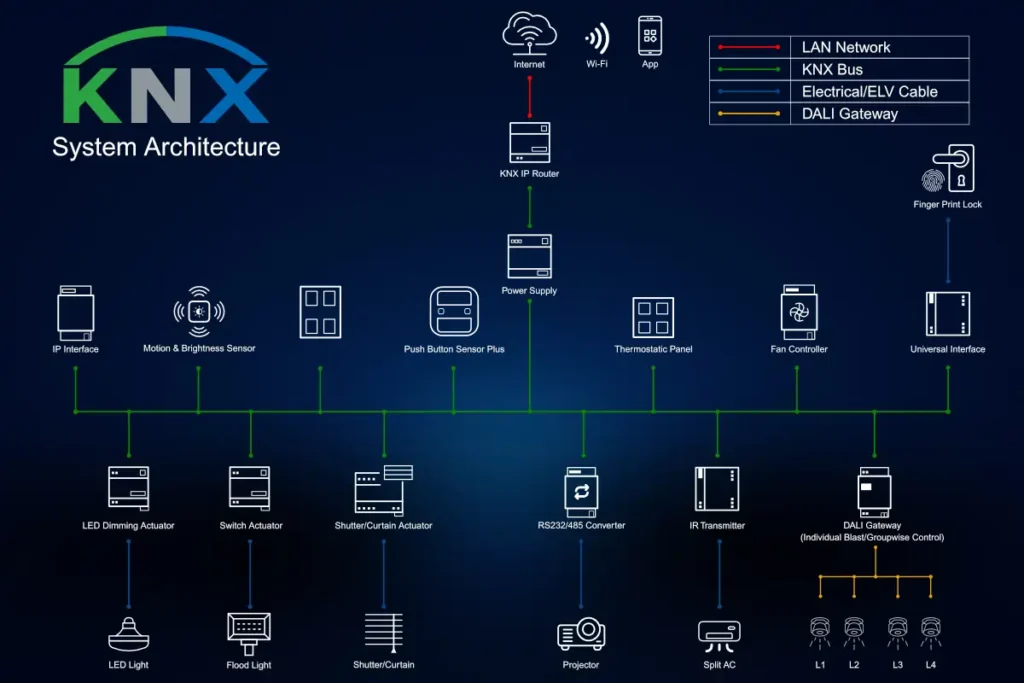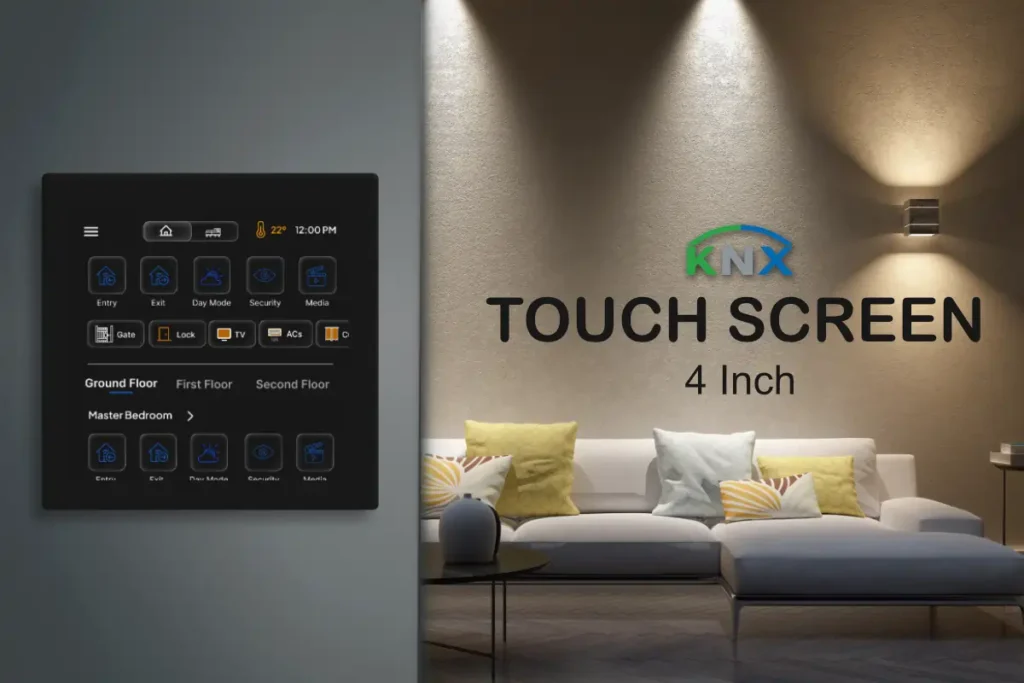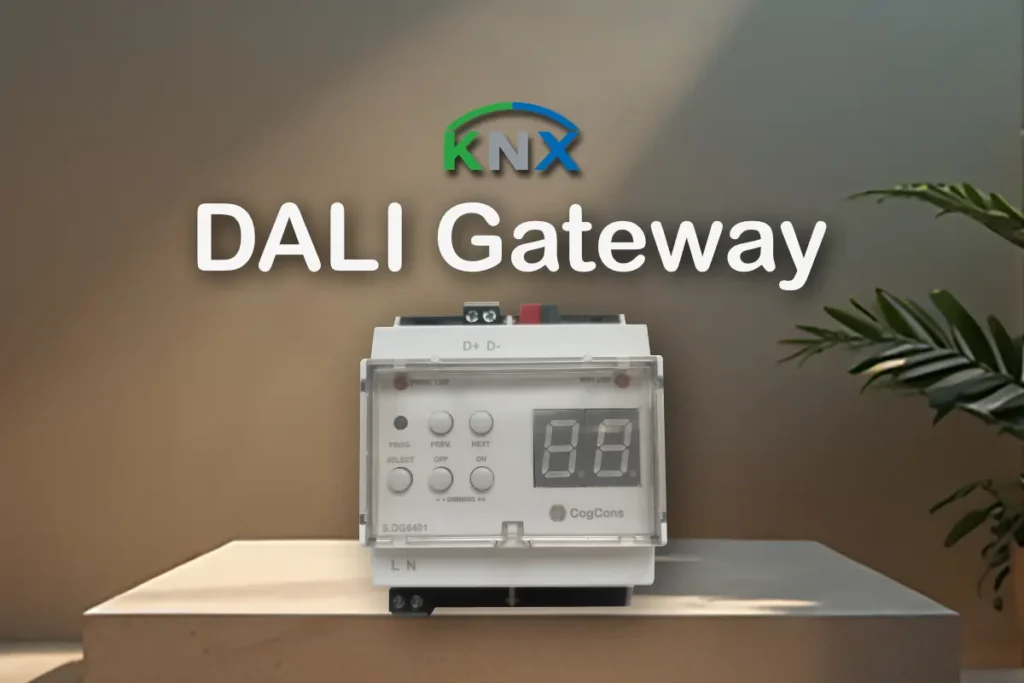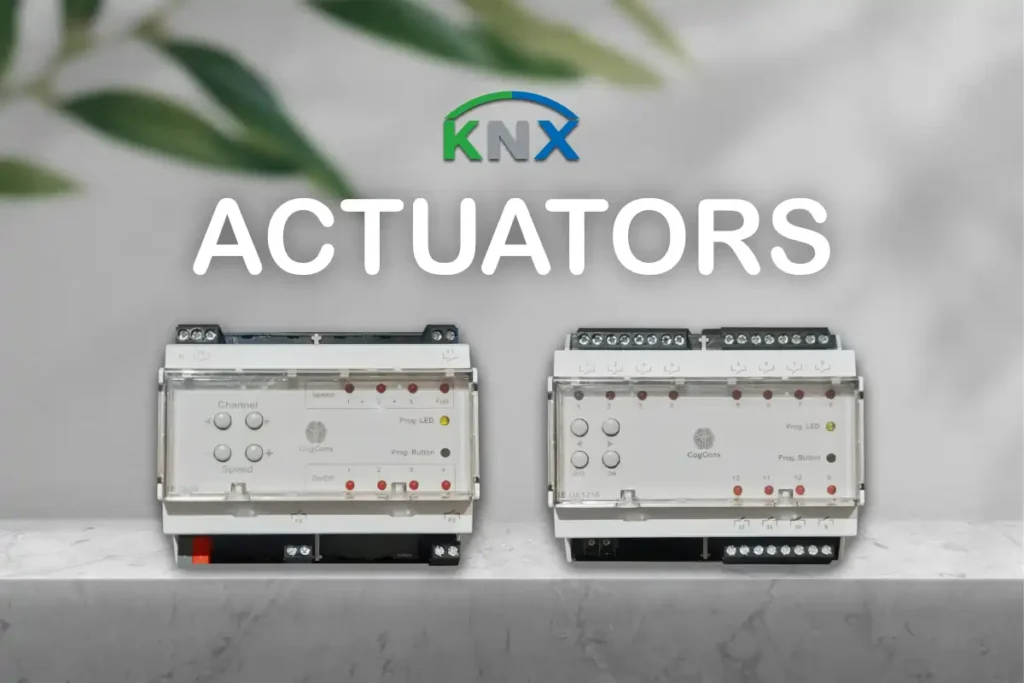Transform Your Home into a Self-Managing Sanctuary.
Complete Home Automation in Bengaluru. From lighting, music, switches, curtains, to security—control, your entire world with one touch, or no touch at all.
Request A Quote
You are only a step away from a smart plan for your home’s autoamtion.







